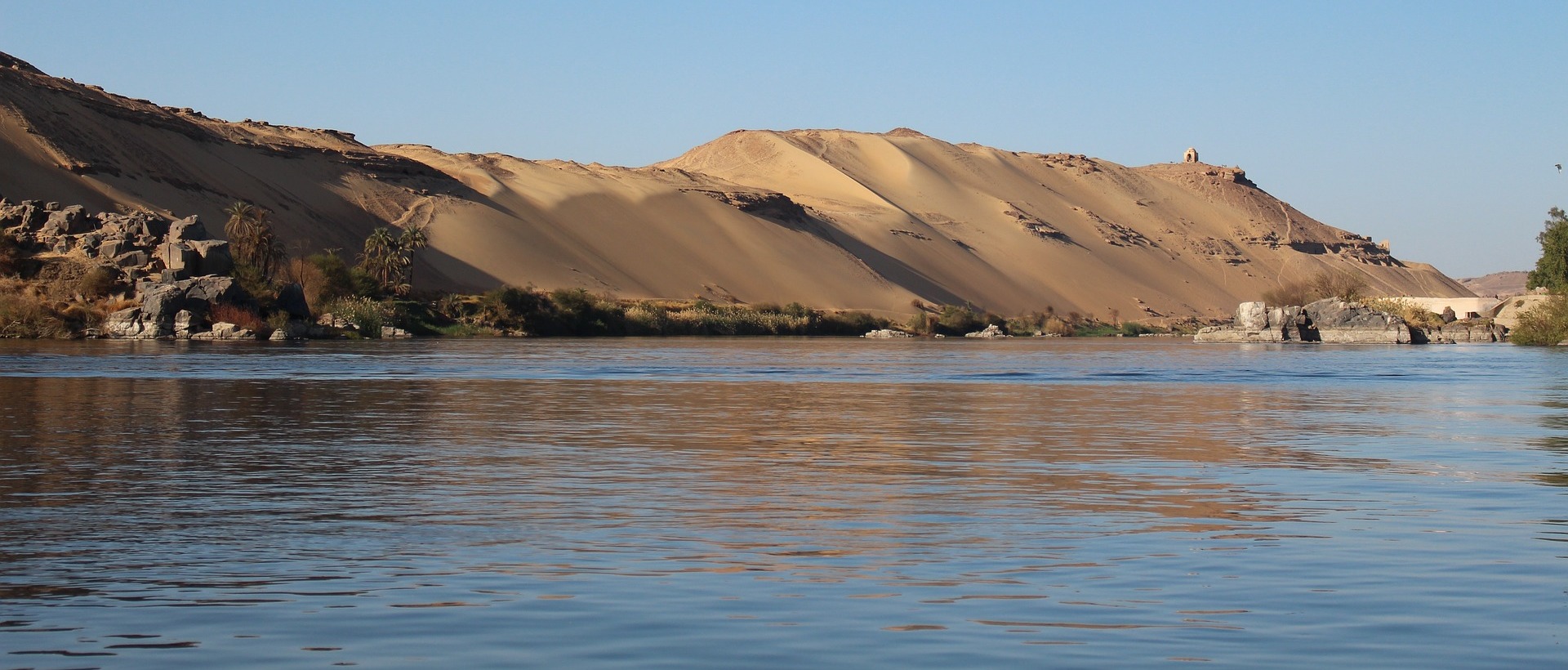River Nile - Fact File
Posted on 7th February 2023
The River Nile was a very important part of Ancient Egypt and is still important today.
One of the longest rivers in the world, approximately 6650 km (4132 miles) long.
The name derives from the Greek word ‘Neilos’ which means valley.
The Nile is located in Northwest Africa and has two main tributaries, The White Nile and The Blue Nile which merge together before flowing into the sea.
It flows through many countries including Ethiopia, Uganda, Sudan, Kenya, Rwanda, Eritrea, Burundi and Tanzania, finally flowing through Egypt into the Mediterranean Sea.
Ancient Egyptians named the Nile ‘Aur’ which means black. This was because of the black silt it left behind after flooding.
Rich black soil was known as the ‘Gift of the Nile’.
Ancient Egyptians worshipped the Nile, as it was their backbone. Without the Nile, Egypt was a dry and barren land.
The annual flooding provided rich black silt that was left behind to produce rich fertile soil for growing food.
Papyrus grew along its banks. This was used to make baskets, rope and sandals. The leaves were used as flooring in houses and shading on house roofs.
Fish were plentiful in the Nile, and became a rich source of food.
The Nile became the main source of travel. Used for transporting building goods and people.
Following the completion of the Aswan High Dam in 1970, the Nile no longer has an annual flood and now supports agricultural production and a large fishing industry.
Building the Aswan High Dam also created Lake Nasser, a huge reservoir next to the dam.
Tagged as: Junior Fact-Files
Share this post:





